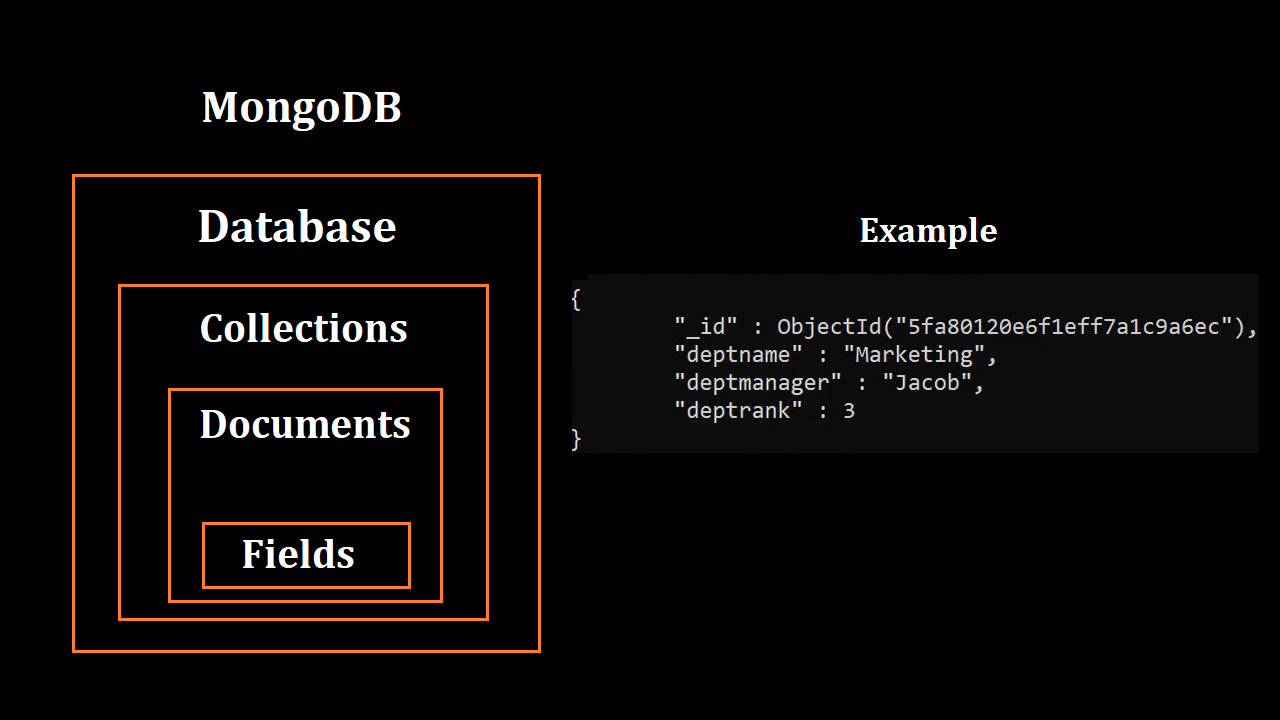12 Jun MongoDB Introduction
In this post, learn what is MongoDB, features and available Editions. Let’s begin with an overview of MongoDB.
What is MongoDB?
- A document-based database program.
- NoSQL Database (non-tabular and different from Relational)
- The most popular database for modern apps
- Cross-platform
- Developer: MongoDB Incorporation
- Written in: C++, Go, JavaScript, Python
- Initial Release: 2009
- Used by: Adobe, Google, Verizon, IBM, Uber etc.
MongoDB Features
- Document-based: Stores data in JSON-like documents.
- Indexing: Files can be indexed in MongoDB
- Rich Query Language: Filter and sort by any field and even
nested ones. - Joins: Supports Joins in queries
- Use Cases: Support with geo-based search, graph search, text
search, etc. - Multi-document ACID (atomicity, consistency, isolation,
durability) transactions. - Aggregation: Perform Aggregation with Aggregation pipeline,
the map-reduce function, etc. Aggregation group values from multiple documents together to perform a variety of operations on the grouped data to return a single result.
MongoDB can be explained in a better way now using the below demonstration and example:

Editions
- MongoDB Community Server: Free (Windows, Linux, Mac)
- MongoDB Enterprise Server: Subscription – Commercial License
- MongoDB Atlas: Deploy MongoDB in the Cloud. Runs on AWS,
- Microsoft Azure, and Google Cloud Platform
Video Tutorial
If you liked the tutorial, spread the word and share the link and our website Studyopedia with others:
Support us: DONATE
Read More:


No Comments